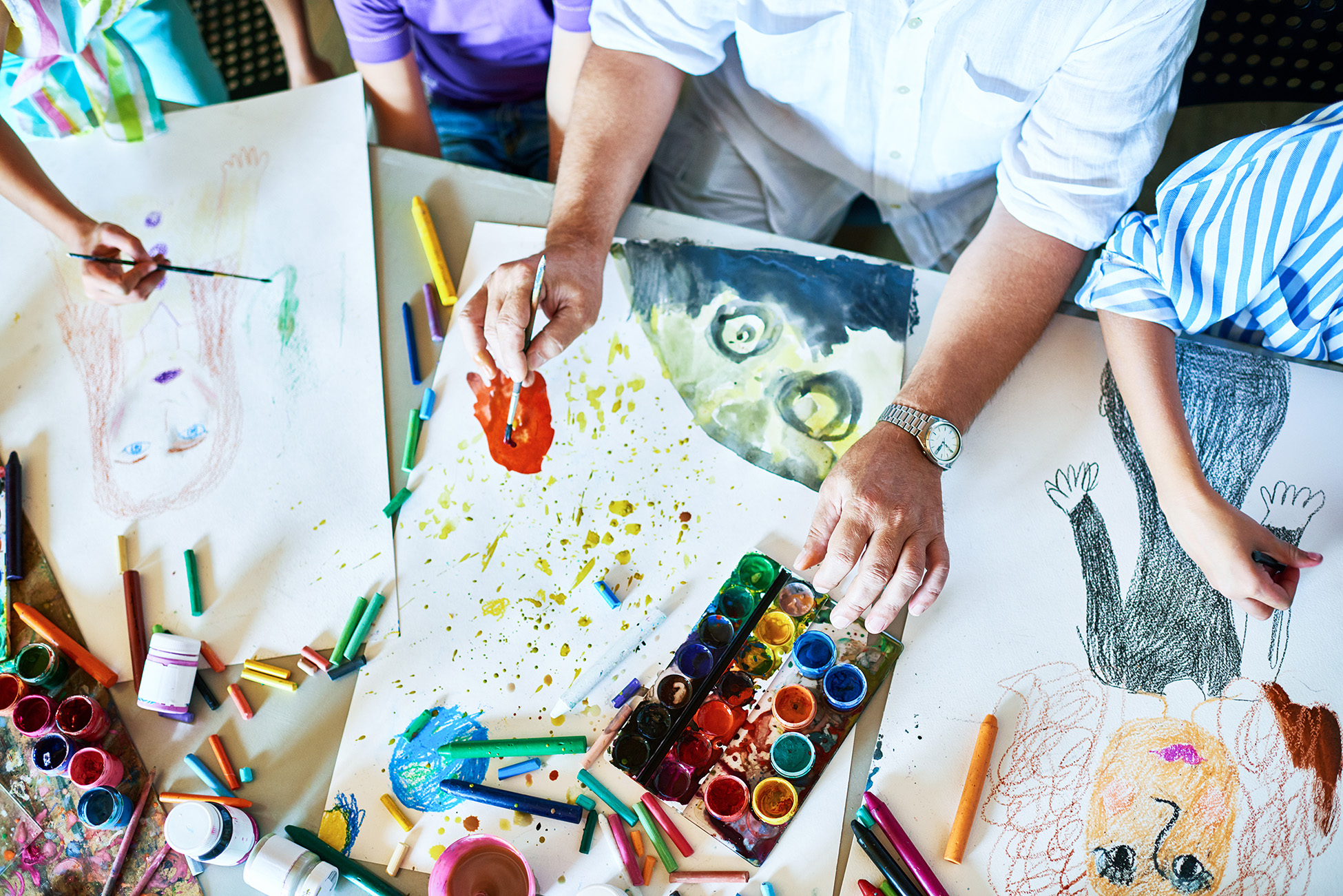- 25 March, 2024
- by Ava
- in Emotional Health
- No comments yet
Art Therapy
Exploring the Healing Power of Art Therapy: Nurturing Wellness Through Creativity
Welcome to the world of art therapy, where creativity becomes a catalyst for healing and self-expression. In this blog post, we’ll delve into the essence of art therapy, exploring its profound impact on mental, emotional, and spiritual wellness. From its therapeutic benefits to its holistic approach, art therapy offers a unique pathway to self-discovery, empowerment, and healing.
What is Art Therapy?
Art therapy is a form of expressive therapy that utilizes the creative process of making art to improve mental, emotional, and physical well-being. Guided by a trained art therapist, individuals use various art materials and techniques to explore their thoughts, feelings, and experiences in a safe and supportive environment. Art therapy is not about creating “masterpieces” but rather about the process of self-discovery and personal expression.
How Art Therapy Can Help You
Art therapy offers a wide range of benefits for individuals seeking healing and personal growth. Through the act of creating art, individuals can gain insight into their emotions, beliefs, and behaviors, leading to greater self-awareness and self-acceptance. Art therapy can also provide a means of communication for those who struggle to express themselves verbally, making it particularly effective for children, adolescents, and individuals with trauma or developmental disorders.
What Art Therapy is Good For
Art therapy is beneficial for addressing a variety of mental health concerns, including anxiety, depression, trauma, grief, and stress. It can also be used to explore issues related to self-esteem, identity, relationships, and life transitions. Additionally, art therapy can support personal growth and self-discovery, helping individuals tap into their inner resources and cultivate resilience and empowerment.
Benefits of Art Therapy
The benefits of art therapy are manifold, encompassing emotional, cognitive, and physical dimensions of healing. Emotionally, art therapy provides a safe outlet for expressing and processing complex feelings, leading to a sense of relief, catharsis, and empowerment. Cognitively, it stimulates creative thinking, problem-solving skills, and insight into personal challenges and strengths. Physically, engaging in artistic activities can promote relaxation, reduce stress, and improve overall well-being.
What to Expect from Art Therapy with a Practitioner
During a session of art therapy with a trained practitioner, you can expect a warm and supportive environment conducive to self-expression and exploration. The therapist will guide you through various art-making activities tailored to your individual needs and goals, allowing you to tap into your creativity and intuition. Sessions may involve drawing, painting, sculpting, collage, or other artistic mediums, depending on your preferences and comfort level.
Final Thoughts
Art therapy offers a powerful medium for self-discovery, healing, and personal growth, inviting us to tap into the creative wellspring of our inner world. By engaging in the expressive process of art-making, we can transcend limitations, deepen self-awareness, and cultivate resilience and empowerment. Whether seeking relief from emotional pain, exploring personal challenges, or simply nurturing our creative spirit, art therapy offers a sanctuary of healing and transformation for all who dare to embrace its transformative potential.
FAQ on Art Therapy
Welcome to our Frequently Asked Questions (FAQ) section. Here, we aim to provide clear and concise answers to common queries you may have about this particular healing modality. Whether you’re new to this practice or seeking deeper insights, our FAQs are designed to help enhance your understanding and support your journey toward holistic wellness. If you have a general question that’s not covered below, please feel free let us know.
No artistic talent or experience is required to benefit from art therapy. The focus is on the process of creating rather than the end result, and the therapist will support you in exploring your thoughts and feelings through art regardless of your skill level.
Art therapy sessions typically last between 45 minutes to an hour, although session length may vary depending on individual needs and preferences. Some therapists offer longer sessions for deeper exploration or group sessions for added support and community.
Yes, art therapy can complement and enhance other forms of therapy such as talk therapy, cognitive-behavioral therapy, or mindfulness-based therapy. It can provide a unique avenue for self-expression and insight, enriching the therapeutic process and promoting holistic healing.
Yes, art therapy is highly effective for children and adolescents, as it provides a nonverbal means of expression and communication. It can help young people explore and process their emotions, cope with stressors, and develop coping skills and resilience.
You can find a qualified art therapist through professional organizations such as the American Art Therapy Association (AATA) or by asking for recommendations from healthcare providers, counselors, or mental health professionals. It’s important to choose a therapist who is licensed and experienced in art therapy and who you feel comfortable working with.



